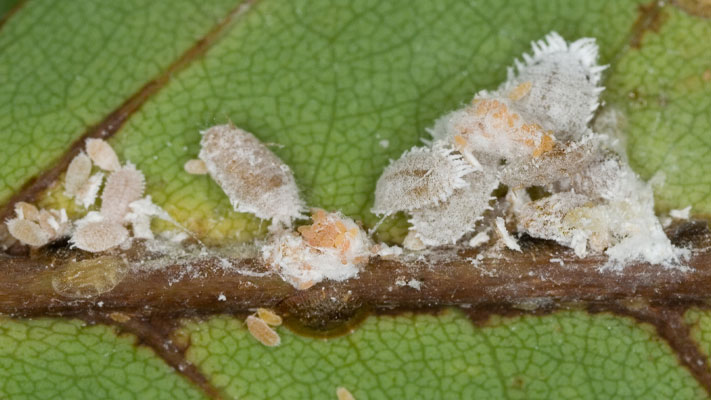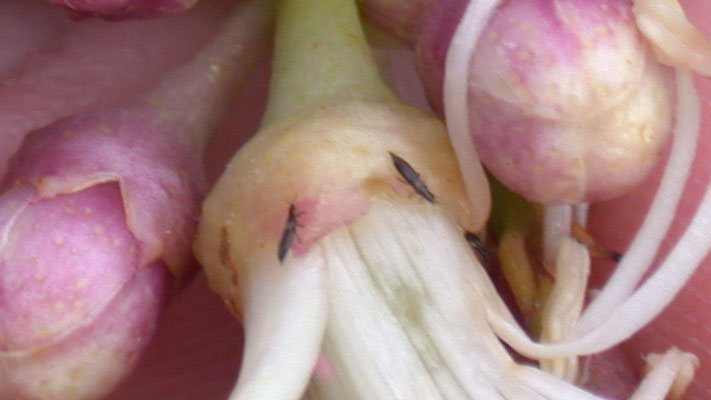- Home
- Crops
- Fruits
- Citrus Fruits
Citrus Fruits
Search our range of fungicides and insecticides registered for use in citrus crops.
Related Pests

Black spot
Elsinoe ampelina (grapes - anthracnose), Alternari solani (tomatoes, capsicums and potatoes - target spot or early blight), Venturia inaequalis (apple and pears - apple and pear scab), Guignardia citricarpa (citrus), Xanthomonas campestris (mangoes - bacterial black spot), Phoma medicaginis var. pinodella, Ascochyta pisi (field peas - black spot complex)
A number of horticultural crops are challenged by black spot, which is also referred to by a number of names. It affects grapes where it is also known as anthracnose. Black spot affects apples and pears and is also known as apple scab and pear scab. In mangoes, black spot is caused by a bacteria rather than a fungus and is referred to as bacterial black spot. In broadacre, field peas are also affected by black spot.

Citrus mealybug
Planococcus citri
Citrus mealybugs are the most common and widespread of the mealybug species and as their name suggests, their main host is citrus, while other hosts include mangoes and passionfruit. Although significant economic damage is rare, they still have the potential to damage fruit.
Refer to the links below on different mealybug species.
Refer to the links below on different mealybug species.

Kellys citrus thrips
Pezothrips kellyanus
Kelly’s citrus thrips (KCT) are a serious pest of citrus in inland Australia, where in the Riverland-Sunraysia region of South Australia alone, it is estimated to cost industry $10 million per annum in crop losses and control measures. KCT feed on the fruit, causing scurfing (or halo) damage at the stem end and rind blemish which results in quality downgrades and reduced pack-out rates. The most affected varieties are Navel and Valencia oranges, lemons and grapefruit.
Refer to the links below on different thrips species.
Refer to the links below on different thrips species.


